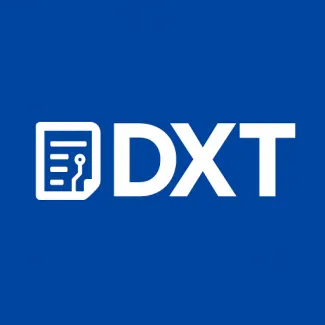Google AI
This tutorial concludes by showing how to build specialized AI assistants, or "Gems," using prompt engineering with a general-purpose model like Gemini. Gems are custom AI models excelling at specific tasks, exhibiting domain expertise, specialized behavior, and consistent persona. This is achieved through a detailed system prompt, acting as the AI's "DNA," defining its persona, goals, constraints, and formatting. The prompt includes the AI's role (e.g., financial analyst), its function, limitations (e.g., avoiding giving investment advice), and desired response structure. A "Financial Analyst Gem" example demonstrates how a well-crafted system prompt transforms a general chatbot into a specialized, focused assistant. Mastering prompt engineering unlocks the Gemini API's flexibility, allowing creation of diverse AI assistants.
Integrating with Google Workspace: A Guide on Using Gemini to Enhance Productivity in Applications like Gmail, Docs, and Sheets.
Welcome to the final section of our tutorial series! So far, you've mastered the fundamentals of the Gemini API, from your first API call to building sophisticated applications that handle stateful conversations and perform deep research. You now have a strong foundation in a wide range of Gemini's core capabilities.
This guide explains how to use the Gemini API for in-depth research, even without a dedicated "Deep Research" feature. It emphasizes crafting sophisticated prompts to achieve this. "Deep research" involves synthesizing information from multiple sources, performing structured analysis, and generating comprehensive reports. The guide provides a prompt-engineering template: defining the AI's persona and goal, specifying the topic and scope, listing required report sections, adding formatting requirements, and setting constraints. A well-structured prompt acts as a research plan for Gemini, resulting in thorough analysis. The guide concludes with a brief mention of a sample React application showcasing this process.
This text explains Gemini API's Function Calling, enabling the model to interact with external tools. Instead of only generating text, the model identifies needed functions, provides parameters, and receives results to formulate responses. This allows for real-time information retrieval, action execution on the user's behalf, and private data access. A four-step process is detailed: defining tools via function declarations, user requests, model function calls, and application execution of the function and returning results to the model. A Python example demonstrates building an e-commerce tool using `google.generativeai`, retrieving product price and stock. Best practices include descriptive function declarations, strong typing, error handling, result filtering/summarization, and multi-turn conversation management.
Gemini, a multimodal model, processes text, images, videos, and audio. Multimodal prompts combine different data types (e.g., an image and a question) in a single request. The API accepts an array of "parts," each a text string or inline data (like a base64-encoded image). A Python example demonstrates sending an image and text prompt to the Gemini API to analyze the image. Best practices include specific instructions, placing images before text in the `contents` array, and using the correct MIME type for image data.
This guide details advanced Gemini API features beyond basic text input/output. It covers multimodal prompts (using text, images, video, audio), function calling (connecting Gemini to external tools and APIs), building stateful chat applications, and utilizing Gemini's "Deep Research" capabilities for analyzing large datasets and generating comprehensive reports. These features enable the creation of sophisticated and interactive applications leveraging Gemini's powerful reasoning abilities.
Welcome to the first part of our Gemini tutorial series! Before you can start building amazing things with Gemini, you need to set up your development environment. This guide will walk you through the essential steps: getting your API key and installing the necessary SDKs for Python, JavaScript, Go, and Java.
Pagination
- Page 1
- Next page

